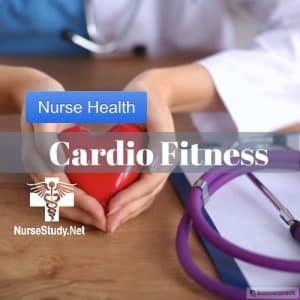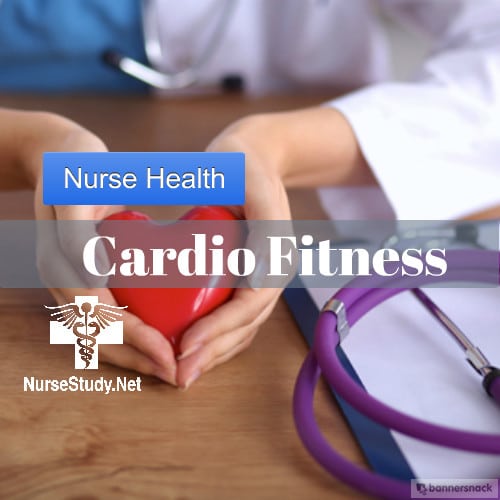Last updated on July 24th, 2020 at 10:27 am
How Aerobic Exercise Affects
Cardiovascular Fitness
Exercise more, people say. It’s good for you. And they’re right of course, exercise is essential to good health. It brings with it many benefits, such as better moods, deeper sleep, and stable weight. But perhaps the most profound benefit seen when increasing the amount of exercise performed is the improvement in cardiovascular fitness.
What is the Cardiovascular System?
 The cardiovascular system is another name for the heart and circulatory system, which are both responsible for delivering blood to the various tissues located throughout the body. Every heartbeat pumps blood to these tissues, transporting oxygen and valuable nutrients to every cell up and down the skeletal frame.
The cardiovascular system is another name for the heart and circulatory system, which are both responsible for delivering blood to the various tissues located throughout the body. Every heartbeat pumps blood to these tissues, transporting oxygen and valuable nutrients to every cell up and down the skeletal frame.
Sedentary lifestyles cause the cardiovascular system to become less effective. Lower amounts of oxygen are pumped around the body, and waste products such as lactic acid and carbon dioxide are removed less frequently. With exercise however, the system is given an almighty boost. Potentially fatal ailments can be avoided, and general health can be improved significantly.
Here’s how and why aerobic activity leads to greater cardiovascular health:
It Causes a Reduction in Fatty Deposits
Poor diets aren’t just responsible for unhealthy hearts. Lack of exercise can also be a contributing factor too. Each year, some 2.4 million Americans die from heart-related deaths, many of which could have been avoided by getting up and getting active. Too much time lounging around can cause the heart to become hampered by a build up of fatty deposits around itself and around surrounding arteries.
Exercise helps to break down these potentially fatal deposits, which if left unchecked can enter into the valves and chambers of the heart, causing heart disease, and often death.
It Makes the Lungs Stronger
Exercise is synonymous with improved strength, so the increase in strength found in the lungs after several weeks of working out should come as no great surprise to anybody who engages in an aerobic fitness plan. As bodily strength increases, a greater need for oxygen in various different tissues becomes an issue, meaning the body has to inhale more of it to give them what they need. Aerobic fitness exercises are the most effective for developing lung strength as their tendency to work larger muscles, such as those in the legs, means a larger demand for oxygen.
It Leads to a Healthier Heart
We’ve already mentioned what a big killer heart disease is, so anything that can be done to limit the chances of suffering from it is usually welcomed by many.
Exercise improves cardiovascular fitness in many ways as you can see above, but one of the key ways it does so is by making the heart healthier. Anybody who’s engaged in aerobic activity before will have felt their heart beating out of their chest. Strangely enough, this thumping feeling is actually relaxing for the heart, as along with more frequent beats comes a reduction in blood pressure, muscle tension and stress than can all put a strain on the organ.
And Better Circulation…
You don’t have to be old, nor be on a plane to suffer from circulation problems. Some suffer from them as they age, others notice they suffer from one due to their jobs or their lifestyles. An increase in aerobic fitness usually means a reduction in poor circulation. As muscles are worked and the heart beats faster, more oxygen and vital nutrients are pumped to places that may have been somewhat forgotten about. Figuratively speaking, of course!
When health relies on the transportation of essential elements, having an effective pump and transportation network is as important as anything else.
What the Studies Say
Recent studies have shown that the best way to keep the cardiovascular system healthy is to engage in aerobic workouts at least three times a week. This frequency has been shown to reduce the chances of the body entering any of the negative states mentioned above, and increases the odds of avoiding a nasty cardiovascular-related condition.
Given that somebody dies of a heart related illness every 20 seconds in North America, motivation to keep the most vital of organs healthy has never been greater.

